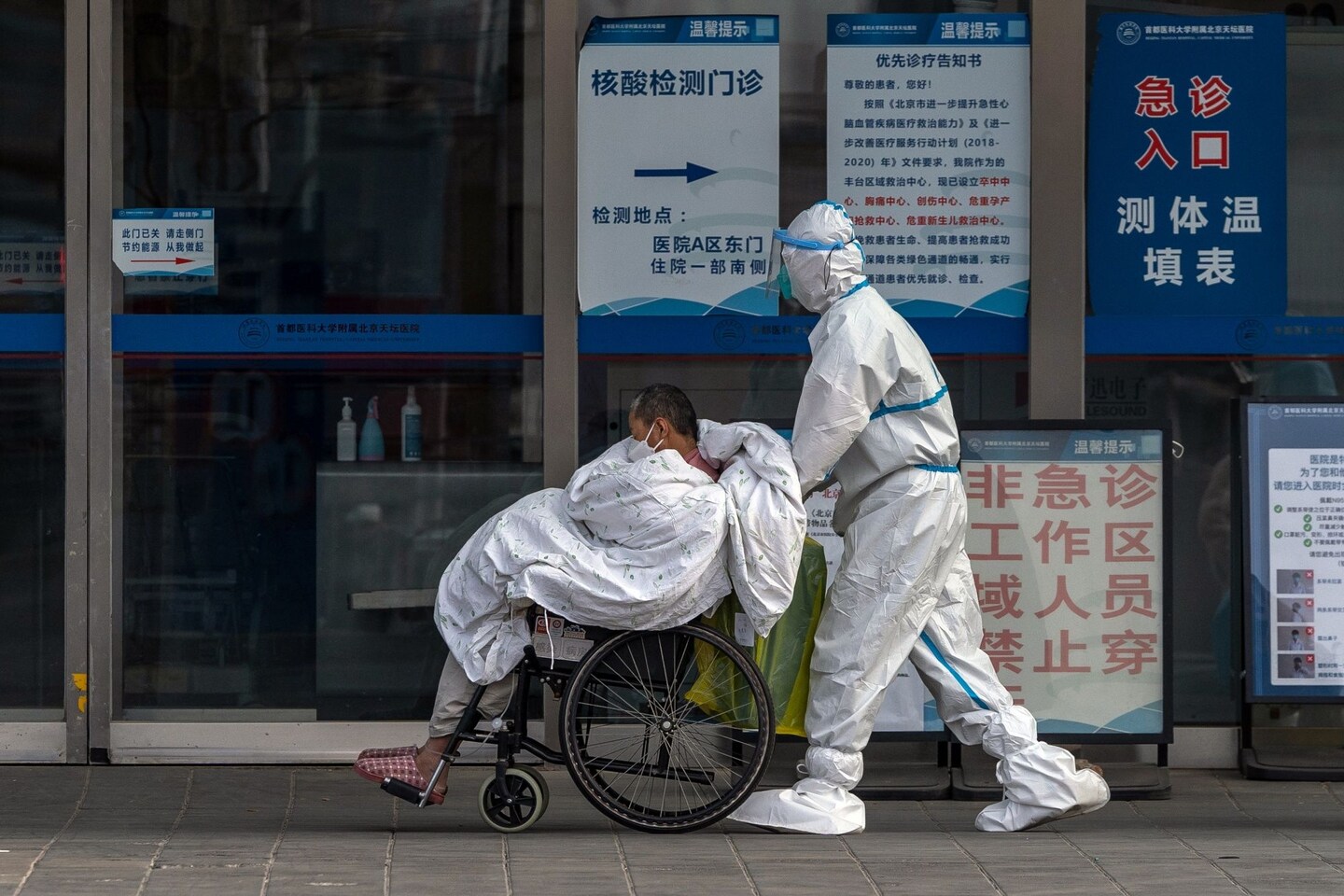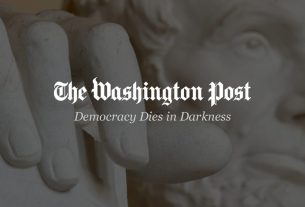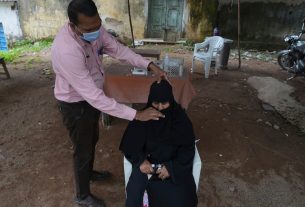The government has also updated rules for classifying and reporting deaths, according to statements from a local government in Heilongjiang province and hospital in Inner Mongolia. Both cited a notice issued by the epidemic response team of the State Council, China’s cabinet, although they did not provide any details.
The State Council Information Office did not immediately respond to a request for comment, but a widely circulating screenshot purportedly of the document suggested that only individuals deemed to have died primarily from coronavirus would be included in the official count going forward.
If accurate, the decision to exclude deaths where patients have an existing condition would mark a significant departure from how hospitals operated previously. During the outbreak in Shanghai last April, for instance, 36 deaths were linked to covid. despite preexisting illnesses being ruled as the primary cause in each case.
Including such cases in the count was the standard procedure as recently as late November.
Discussion of missing deaths spread online after the official toll on Wednesday was zero, despite local media reports that a famous former footballer, Wang Ruoji, had died on Tuesday with covid and an underlying condition.
For over two years, China has pursued a nationwide effort to track down every covid-19 infection and place those individuals into centralized quarantine. The mass testing, regular lockdowns and extensive digital monitoring required for this process were closely and strictly managed by authorities.
After the early chaos and delayed response of Wuhan city and Hubei province at the start of the outbreak, local officials across the country were tasked with being as vigilant as possible in discovering and reporting cases. Failures to do so could mean losing a job or even jail time.
The top leadership continued to promise “unswerving” adherence to the approach until as recently as October, piling pressure on local governments to smother outbreaks. Faced with more transmissible variants, major cities implemented ever harsher lockdowns. Late last month, discontent with excessive controls on everyday life erupted into the largest display of civil disobedience in decades.
In the wake of protests, China’s cabinet on Dec. 7 unexpectedly announced it was scrapping centralized PCR testing requirements and ending regular checks of digital health codes. Home quarantine for asymptomatic and nonsevere infections was allowed for the first time.
The announcement removed central government pressure for low-level officials to be as transparent with test results and transferred responsibility for monitoring health to individual families. Overnight, self-administered rapid test kits, previously barely used, became the primary means of tracking cases, even though no system of reporting results existed.
During an inspection tour of a hospital, pharmacy and neighborhood clinic on Tuesday in Beijing, Sun Chunlan, the vice premier leading the pandemic response, called for a “mind-set adjustment” as the focus shifted from containment to medical interventions.
“The work target is to protect health and prevent serious symptoms and ensure that the transition period in prevention measures is smooth and orderly,” she said.
The unexpected dismantling of many key pillars of the zero covid policy has been jarring for many in China. After months warnings about the continued danger of contracting the virus, official messaging abruptly changed to downplaying the risks of hospitalization.
Projections from leading Chinese virologists suggest that 60 percent of the population could be infected over the winter. Hospitals in areas of the country that barely had any cases during the zero covid era are scrambling to prepare for an influx of patients, even as many staff are unable to work due to contracting the disease.
The government has pushed back against criticism that it failed to prepare for the coming wave. Health care authorities on Friday released a new estimate of intensive care unit capacity that suggested the country now had nearly 10 beds per 100,000 people, an abrupt doubling of the previous estimate of 4.5.
A vaccination drive has also picked up momentum in recent days with 1.25 million shots being administered on Monday. The primary focus of the campaign is the elderly population. Authorities on Wednesday announced that those over 60 years old with underlying conditions and low immunity could now get a second booster shot.
As of Tuesday, only 42 percent of people over 80 have received a first booster.



